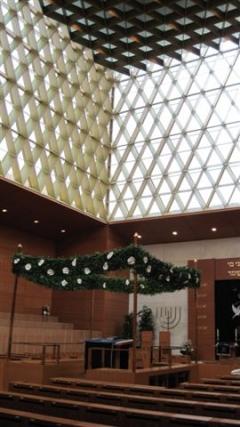|
Paul Broches, FAIA is Principal Mitchell/Giurgola Architects, LLP, New York, U.S.A. He is a Member of the BERKELEY PRIZE Committee and one of this year's PRIZE Jurors.
"The images in this brief photo essay were among observations made during two trips to India in 2007 and 2008. In my travels through Rajasthan, Tamil Nadu and Kerala, I saw remarkable, religious architecture, Hindu and Muslim, imbued with serene and sensual religious content. I did not expect the secular architecture and the urban and rural landscapes also to be deeply rooted in the sacred realm. I wanted to “deconstruct” these places to better understand to what extent it was religious tradition and to what extent it was the force of human commonality that made the space sacred..."
View full photo essay
|
Daves Rossell teaches architectural history at the Savannah College of Art and Design, Savannah, Georgia, U.S.A. His department is hosting the 7th Savannah Symposium on The Spirituality of Place, February 17-19, 2011.
"Josef Olbrich hoped "to erect a temple of art which would offer the art-lover a quiet, elegant place of refuge." So began the construction of an icon of early modern architecture, ver sacrum, the sacred spring, the Secession Exhibition Building of 1897-98 in Vienna, Austria. The ancient Greek poet Pindar called the Altar to the Twelve Gods erected in the Athenian Agora in 522 B.C.E., “the omphalos (navel) of the city, much trodden, fragrant with incense.” It was a simple enclosure of posts and panels among many grander structures, but it served as a place of asylum for refugees..."
Read full essay
|

